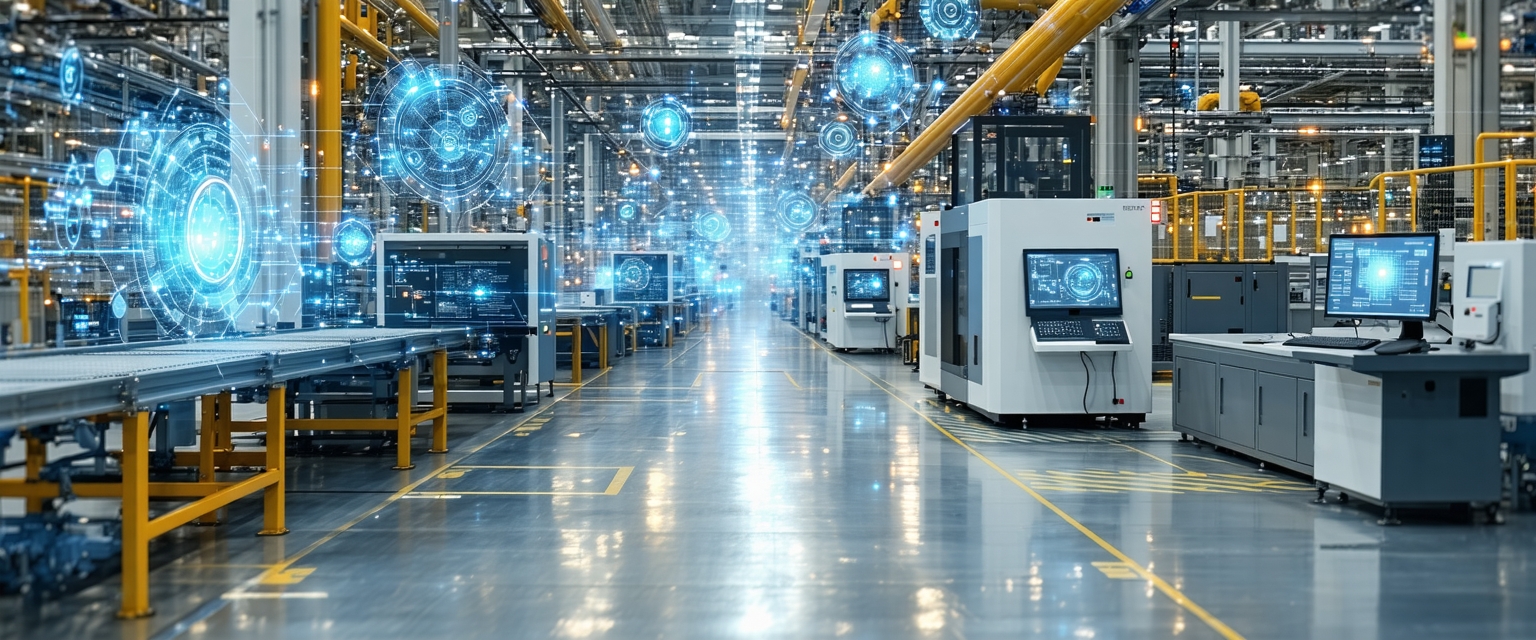






Smart manufacturing, the integration of digital technologies into industrial processes, is rapidly transforming the manufacturing landscape. Driven by the need for increased efficiency, flexibility, and resilience, this evolution leverages data analytics, automation, and connectivity to optimize operations and enhance competitiveness. This trend is not merely a technological upgrade; it represents a fundamental shift in how goods are produced and delivered.
Several factors propelled the rise of smart manufacturing. The increasing complexity of global supply chains, coupled with escalating customer demand for customization and faster delivery times, created a need for greater agility and responsiveness. Simultaneously, advances in computing power, data analytics, and sensor technologies provided the tools to make this agility a reality. The Internet of Things (IoT), cloud computing, and artificial intelligence (AI) offered previously unimaginable possibilities for real-time monitoring, predictive maintenance, and optimized resource allocation.
Recent developments highlight the ongoing evolution of smart manufacturing. The adoption of digital twins – virtual representations of physical assets – allows manufacturers to simulate and optimize processes before implementation, minimizing risks and maximizing efficiency. Furthermore, the integration of advanced robotics and automation systems, including collaborative robots (cobots), is streamlining production lines and enhancing worker safety. Artificial intelligence algorithms are increasingly used for predictive maintenance, anticipating equipment failures and reducing downtime.
According to a report by McKinsey & Company, “Smart factories can boost productivity by up to 20% and reduce operational costs by 15%.” Deloitte’s research indicates that companies investing in smart manufacturing technologies experience significant improvements in product quality and reduced lead times. These findings underscore the substantial economic benefits associated with the adoption of smart manufacturing practices. However, successful implementation requires a strategic approach that addresses both technological and organizational challenges.
While the opportunities presented by smart manufacturing are substantial, several risks need to be addressed. Cybersecurity concerns are paramount, given the increased connectivity of industrial systems. The high upfront investment required for technology implementation can also be a barrier to entry for smaller manufacturers. However, the potential for increased efficiency, reduced waste, and improved product quality outweighs these challenges. The future of smart manufacturing lies in further integration of technologies, the development of more sophisticated AI algorithms, and a greater emphasis on data security and sustainability.
“`